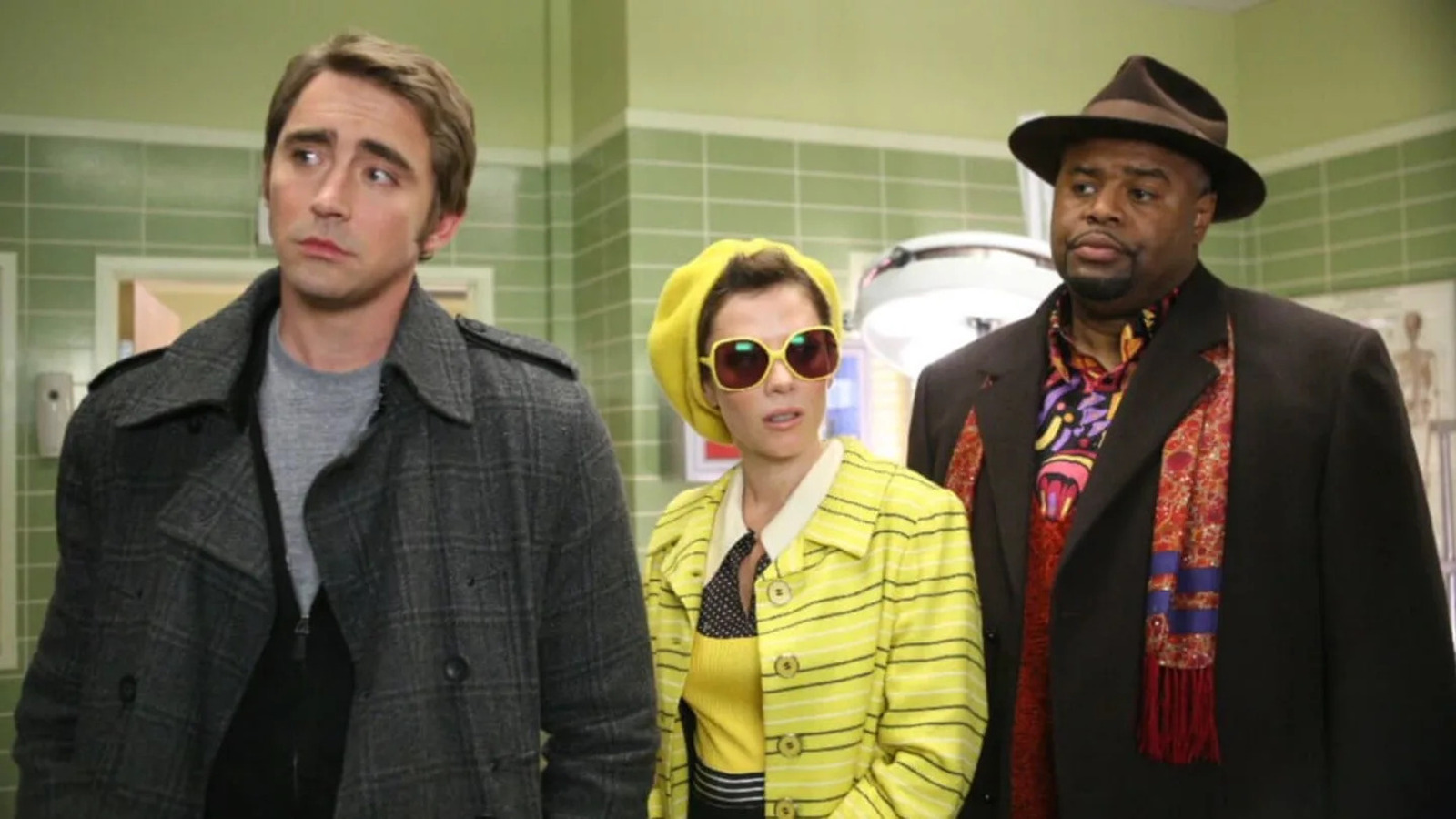Pushing Daisies producer blames 'cute' scripts for causing series to be canceled
Crime shows about murders are inherently morbid since there is a new death every week. “Pushing Daisies” embraced this morbidity but mixed it with the levity of a fairy tale; even the name of the series reflects this mixture of cheerful and macabre. The dialogue was quirky but not smarmy; the characters spoke in colorful loops or metaphors, and the narrator (Jim Dale) was the most wordy of them all. Visually, the production design evoked the 1950s drenched in a rainbow color palette.
Fuller was inspired by "Amélie" by Jean-Pierre Jeunet, his favorite film. As he told The New York Times in 2007, "All the things I love are represented in this movie. It's a movie that will make me cry on the basis of kindness as opposed to sadness." The influence has not gone unnoticed.
However, Sonnenfeld feels that the uniqueness of "Pushing Daisies" ultimately undermined it. Speaking to The Huffington Post in 2017, Sonnenfeld acknowledged the WGA strike as one cause, but felt the show's writing was another.
"I blame our scripts, in that they were a little too cute. I wish they had a little more plot. I remember telling Bryan Fuller, who was the showrunner and the creator and a good friend of mine that I adore, 'Hey, Bryan, shouldn't we have better storylines so we can lean forward to try and figure out who did the murder, for example?' He was afraid that if we had a little more procedure, we would lose the weirdness."
It's clear that Fuller cares more about telling his stories the right way than making them widely popular. He even left more than one series because of creative disagreements.

Crime shows about murders are inherently morbid since there is a new death every week. “Pushing Daisies” embraced this morbidity but mixed it with the levity of a fairy tale; even the name of the series reflects this mixture of cheerful and macabre. The dialogue was quirky but not smarmy; the characters spoke in colorful loops or metaphors, and the narrator (Jim Dale) was the most wordy of them all. Visually, the production design evoked the 1950s drenched in a rainbow color palette.
Fuller was inspired by "Amélie" by Jean-Pierre Jeunet, his favorite film. As he told The New York Times in 2007, "All the things I love are represented in this movie. It's a movie that will make me cry on the basis of kindness as opposed to sadness." The influence has not gone unnoticed.
However, Sonnenfeld feels that the uniqueness of "Pushing Daisies" ultimately undermined it. Speaking to The Huffington Post in 2017, Sonnenfeld acknowledged the WGA strike as one cause, but felt the show's writing was another.
"I blame our scripts, in that they were a little too cute. I wish they had a little more plot. I remember telling Bryan Fuller, who was the showrunner and the creator and a good friend of mine that I adore, 'Hey, Bryan, shouldn't we have better storylines so we can lean forward to try and figure out who did the murder, for example?' He was afraid that if we had a little more procedure, we would lose the weirdness."
It's clear that Fuller cares more about telling his stories the right way than making them widely popular. He even left more than one series because of creative disagreements.
What's Your Reaction?















![Three of ID's top PR executives quit ad firm Powerhouse [EXCLUSIVE]](https://variety.com/wp-content/uploads/2023/02/ID-PR-Logo.jpg?#)







